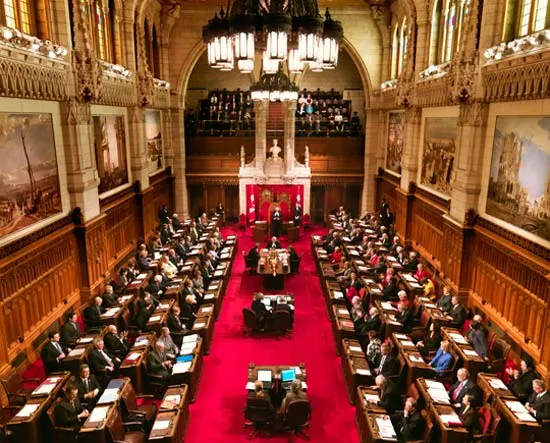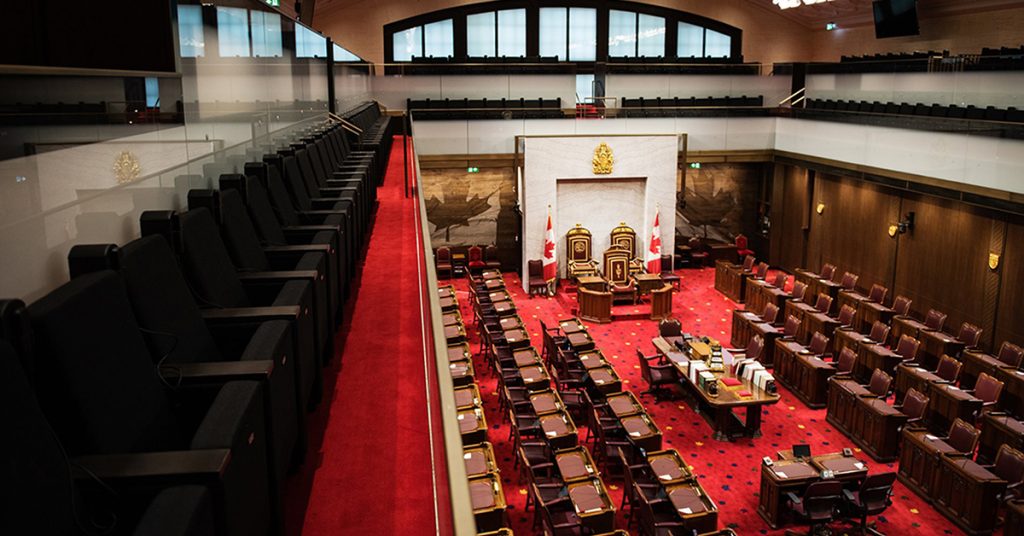Government buildings house critical infrastructure, sensitive information, and high-profile individuals, making them prime targets for security threats. In an ever-changing world filled with potential risks, it is crucial to implement robust security measures to protect these vital assets. From access control systems to surveillance cameras and emergency response plans, this blog post will explore the essential security measures that every government building should have in place to ensure the safety and integrity of its occupants and resources.
Essential security measures for government buildings:
Government buildings must have a comprehensive security plan in place to ensure the safety of its occupants and assets. It is not enough to rely on one security measure; instead, a combination of physical, technological, and operational measures should be implemented for maximum protection. By staying vigilant and continuously reassessing potential risks, government facilities can maintain a secure environment for all.
Below are some of the security measures that should be put in place for government buildings.

1. Access control systems and procedures
One of the most common forms of access control systems used in government buildings is keycard or badge readers. These require individuals to swipe a card or scan a badge to gain entry into designated areas. This system allows for specific access permissions to be assigned to each card or badge, restricting entry to only authorized personnel. In addition, these systems can also track and log each entry and exit, providing an audit trail for security purposes.
Another important aspect of access control systems in government buildings is biometric technology. This includes fingerprint scanners, iris recognition scanners, and facial recognition software. Biometric technology provides a highly secure method of identification as it relies on unique physical characteristics that cannot be duplicated. This ensures that only authorized individuals have access to restricted areas.
In addition to physical barriers such as keycards and biometric technology, government buildings also implement strict procedures for controlling access. This includes visitor management protocols where all visitors must register at the front desk and provide identification before gaining access to certain areas of the building.
2. Surveillance cameras and monitoring systems
Surveillance cameras and monitoring systems are crucial security measures for government buildings. Most modern surveillance cameras come equipped with advanced features such as high-resolution recording, night vision, and motion detection. This allows for clear footage even in low light conditions and can alert security personnel when there is movement in restricted areas. Some systems also have the capability to pan, tilt, and zoom, providing a comprehensive view of the surroundings.
In addition to traditional fixed cameras, many government buildings also utilize 360-degree surveillance cameras that offer full panoramic views. These types of cameras are particularly useful for large open spaces such as courtyards or parking lots where blind spots may exist.
Monitoring systems are an essential component of any surveillance camera setup in government buildings. These systems allow for real-time monitoring by security personnel from a centralized location. With the help of advanced software, they can detect and track suspicious behavior patterns and trigger alarms when necessary.
3. Perimeter security barriers and fencing
Perimeter security barriers and fencing are essential components for ensuring the safety and security of government buildings. When choosing perimeter security barriers and fencing for government buildings, it is crucial to consider their effectiveness against different types of threats. For example, anti-climb features on fences or walls can prevent individuals from scaling them while bullet-resistant materials can protect against gunshots.
In addition to physical barriers, electronic measures such as sensors and cameras can also enhance perimeter security. Sensors can detect movement along the perimeter and trigger alarms if someone attempts to breach it. Cameras provide surveillance footage that can help identify suspicious activity or individuals attempting to gain unauthorized access.
Maintenance is also essential when it comes to these security measures. Regular inspections should be conducted to ensure that there are no weaknesses or vulnerabilities in the barriers’ structure. Any damage should be immediately repaired to ensure the barriers’ effectiveness.
4. Emergency response plans and procedures
Emergency response plans are comprehensive strategies that outline steps to be taken in case of a natural disaster, fire, or any other unforeseen event. These plans should be tailored to the specific needs and layout of each government building, taking into account factors such as location, size, and potential risks.
An important component of any emergency response plan is a clear chain of command. This ensures that all employees are aware of who has authority during an emergency situation and know whom to report to for further instructions. Having designated personnel responsible for coordinating with emergency responders can help minimize confusion and prevent delays in critical decision-making.
Having proper emergency response plans and procedures is crucial for ensuring the safety and security of government buildings. By regularly assessing risks, establishing clear protocols, training employees, and conducting drills, these facilities can be better prepared to handle potential emergencies effectively.
5. Regular maintenance and updates of security equipment
Regular maintenance and updates of security equipment are crucial for ensuring the safety and protection of government buildings. These measures not only keep the security equipment functioning properly but also help in identifying any potential vulnerabilities or malfunctions that could compromise the overall security of the building.
One of the most important aspects of regular maintenance is conducting routine inspections of all security equipment, including surveillance cameras, access control systems, and alarm systems. This ensures that all devices are working correctly and can detect any suspicious activity or potential threats.
Additionally, it is essential to schedule regular maintenance checks with trained professionals who can identify any wear and tear or technical issues that may arise. Regular cleaning and calibration of surveillance cameras, for example, can greatly improve their effectiveness in capturing clear footage. Likewise, updating software programs for access control systems can prevent hackers from accessing sensitive areas within the building.

6. Training for employees on security protocols
In order to ensure the safety and security of government buildings, it is crucial for employees to be well-trained on security protocols. This training should cover a variety of topics, including emergency procedures, access control measures, and threat identification.
In today’s digital age, cybersecurity has become increasingly important in protecting government buildings from threats. Therefore, employee training should also cover basic cybersecurity practices such as creating strong passwords, identifying phishing scams, and properly handling sensitive information.
It is essential for all employees working in government buildings – from janitorial staff to high-level officials – to receive comprehensive security protocol training regularly. Not only does this ensure that everyone is prepared for potential emergencies or threats but it also promotes a culture of safety and responsibility within the workplace.
7. Background checks for employees and visitors
For employees, background checks typically include verifying their identity, employment history, education qualifications, and criminal records. This allows employers to confirm that the individual is who they claim to be and that they have a clean record. Additionally, these checks can also reveal any past incidents or red flags that may indicate a person’s potential for violence or illegal activities.
Visitors to government buildings are also subject to background checks in order to prevent unauthorized access. One common type of visitor background check is known as “badging,” where each visitor is issued a temporary badge upon arrival. These badges usually display the person’s name and photograph along with their designated location within the building.
It is worth noting that all background check procedures must comply with federal laws such as The Fair Credit Reporting Act (FCRA) and The Equal Employment Opportunity Commission (EEOC). Employers and security personnel must ensure they are following proper protocols to avoid any legal issues.
Ultimately, effective security measures are vital for safeguarding government buildings. Implementing access controls, surveillance systems, perimeter defenses, comprehensive emergency plans, and regular maintenance of security equipment ensures the safety of the premises and its occupants, maintaining a secure environment for government operations.
